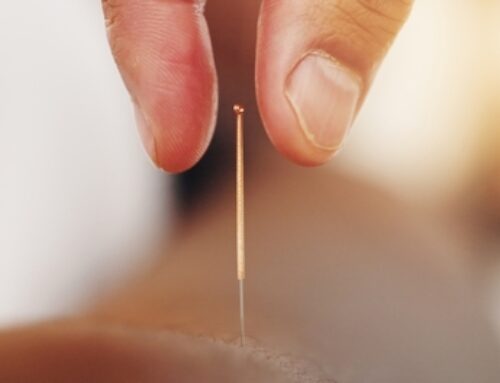 Have you ever had a headache? Headache or cephalalgia is pain anywhere in the region of the head or neck. It can be a symptom of a number of different conditions of the head and neck. The brain tissue itself is not sensitive to pain because it lacks pain receptors. Rather, the pain is caused by disturbance of the pain-sensitive structures around the brain, including the muscles, nerves, eyes, and sinus cavities of the head.
Have you ever had a headache? Headache or cephalalgia is pain anywhere in the region of the head or neck. It can be a symptom of a number of different conditions of the head and neck. The brain tissue itself is not sensitive to pain because it lacks pain receptors. Rather, the pain is caused by disturbance of the pain-sensitive structures around the brain, including the muscles, nerves, eyes, and sinus cavities of the head.
There are a number of different classification systems for headaches. Headache is a non-specific symptom, which means that it has many possible causes and are therefore has many different diagnoses.
Migraines cost US employers $24 billion each year. Unfortunately, many people find migraines and other headaches to be a normal part of life. As a result of the public not taking many types of headaches as potential serious problems, they let the condition linger, which can have devastating consequences.
According to Munakata, Hazard, Serrano, Klingman, et al., brain changes and neurological damage occur in people with migraines. Neurological damage is compounded by financial costs that can range to over $10,000 per year for migraine suffers. This pain also causes lost days at work and multiple visits to doctors.
Migraines generally have these symptoms of causation in common: subluxations of the cervical spine, hypertonicity of the muscles of the cervical spine, head, and face, instability of blood sugar with systemic inflammation, and increased pain fiber sensitivity.
Treatment protocols have been studied extensively. Chiropractic is shown to be very effective for migraines. One study showed that chiropractic was 57 percent more effective in the reduction of headaches than drug therapy. In addition, it was reported that, with the drug group, 58% experienced medication side effects important enough to report, and 10% had to withdraw from the study because of intolerable side effects.
At
1. Chiropractic adjustments to remove the causative subluxations
2. Active Release Technique® to reduce tight muscles of the neck and shoulders
3. Nutritional advice to reduce inflammation and improve blood sugar stabilization
4. Exercise to increase cervical spine stability
5. Acupuncture to reduce pain and sensitivity
In our next post, we’ll discuss each of these steps in-depth to show exactly how they can help alleviate migraines and headaches. If you’d like to begin chiropractic treatment or simply get more information, call our Roanoke, Virginia office.





